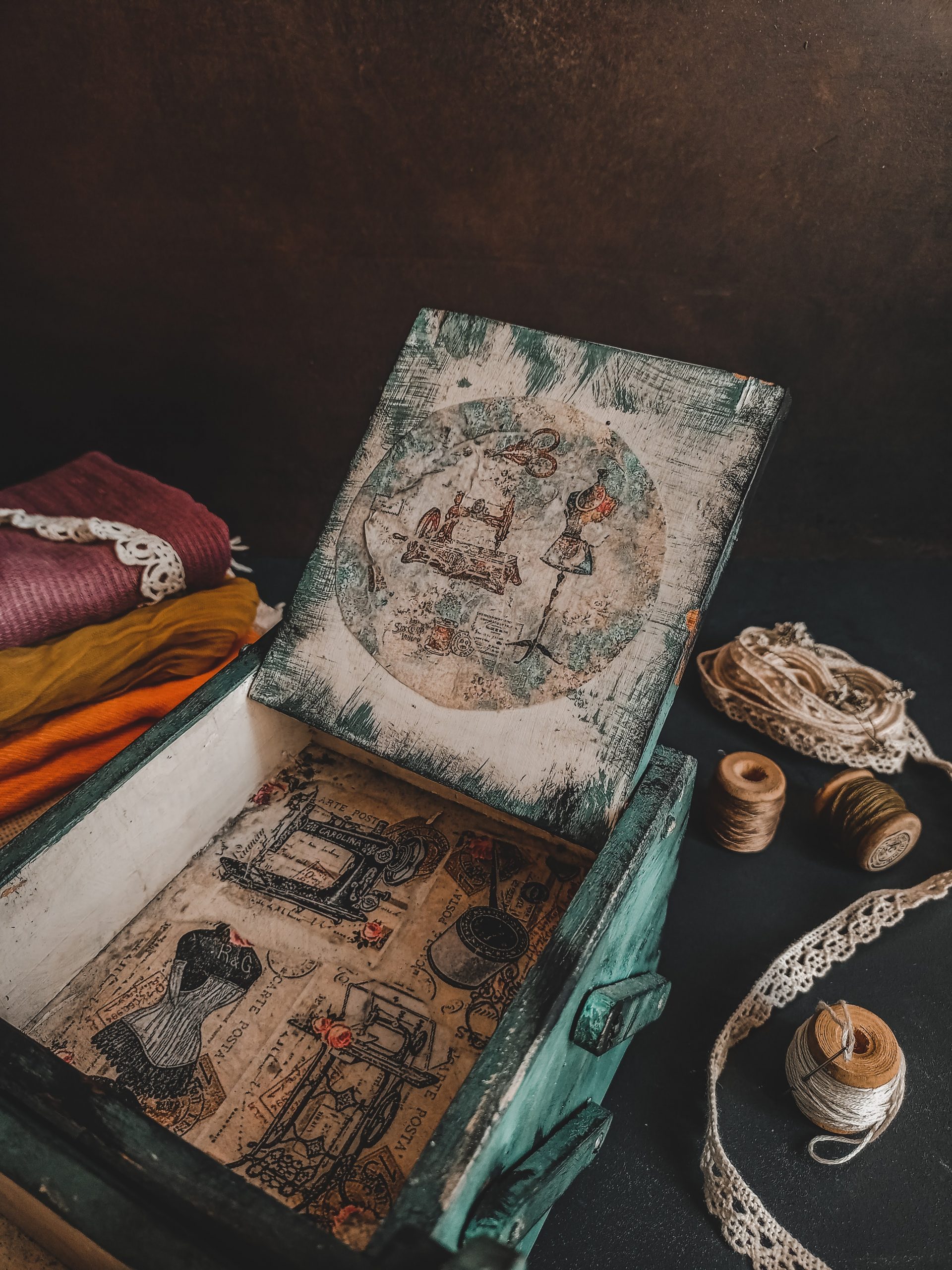In the 1770’s, women’s court fashion was characterized by a huge skirt that was widely expanded on each side by a pannier, and a high coiffure. This fashion expressed the pinnacle of artificial beauty; it was as if women’s dresses were architectural constructions made from fabric. By this time, the refined lightness of the rococo period had disappeared, and dark foreshadowing’s of the Revolution appeared in wardrobes. Enormously enlarged coiffures and wigs added more obscurity to the costume. The coiffures and wigs, which once looked like picturesque landscapes and flowerbeds, now became somewhat odd and extravagant, and coiffeurs, or hairdressers, played in important role in creating these extraordinary hairstyles. The 1778 victory of French frigate La Belle Poule inspired new hairstyles such as the a La Belle Poule, teh a l’lndependante, and teh a La Junon, in which scaled-down replicas of warship were put on top of the head. This became a trend at the time.

Engraved by Robert De Launay (1749- 1814) Stapleton Collection,UK

1780, French
Pink sil taffeta with painted garlands; matching stomacher and petticoat; engageantes of blonde lace.
Throughout the eighteenth century, the most important point of interest in wardrobes was decorative. Especially during the 1770s, much ingenuity was put into decoration, and marchlands de mode were an active force. These merchants responsible for producing and selling decorations from head to toe, including headdresses. They gave full rein to their imaginations when decorating wardrobes, created headpieces, and in the end became responsible for setting the styles as if they had an authoritative monopoly of the fashion scene.

Illustration from German caricature 1775-1785

White hand painted China silk; boned at centre back; comperes front; matching petticoat; cape of blue silk taffeta with pleat and fringe ornamentation; fichu of bobbin lace; shoes of silk satin with small flower and ribbon patterned embroidery, high heels.
Dress (robe a l’anglaise) 1785
Pink striped silk taffeta; comperes front; boned at centre back; petticoat of hand painted China silk; shawl of muslin with whitework; bag of silk taffeta embroidered with flower, butterfly, and bird motifs; shoes of Morocco leather, high heels.


1790 French
Jacket of blue silk taffeta with floral embroidery of silk thread and sequins; button fastener at front of gilet; lacing closure at back.
From the end of the 1780s just prior to the Revolution, stripes became popular and replaced extravagant embroidery in men’s fashion. The coat with striped patterns had a lapelled collar, and the length became short.

1790, French
Coat of blue and green striped silk taffeta and satin; fold back standing collar; cutaway front hem; waistcoat of silk faille with Roman like arch embroidered showing a country scene; wing collar; silk satin breeches.


1785 French
Blues striped silk; comperes front; matching petticoat; fichu of muslin whitework.
2.Man’s Suit (coat, waistcoat, breeches)
1790 French
Coat of silk drugget with diamond shaped motif; tall standing collar; cutaway back; waistcoat of striped silk taffeta and satin; straight cut hem; breeches of silk satin.
3.Man’s Suit (coat, waistcoat, breeches)
1790 French
4.Jacket (pierrot) and Petticoat
1790 French
Jacket of green and yellow striped silk taffeta and satin with fringe; petticoat of linon with polychrome floral silk embroidery.


1790, French
Jacket of red and white striped silk brocade with silver coloured buttons; fold back collar; petticoat of linon with polychrome floral silk embroidery.
A draped thin fichu covered over the shoulder and neck, with both ends tucked into the stomacher and the bust to create an elegant pigeon breasted silhouette; however, in the nineteenth century, the fichu was replaced in popularity by the larger shawl.

1790, English
Medallion shaped metal frame, and white porcelain with motif of two birds at centre, laurel wreath, heart and arrow.

1790 English
Cream silk taffeta; tw0-layered comperes front with buttons; matching trim; black lace decoration at front bodice and cuffs; wine coloured ribbon lacing at cuffs; matching petticoat; fichu at neck.


